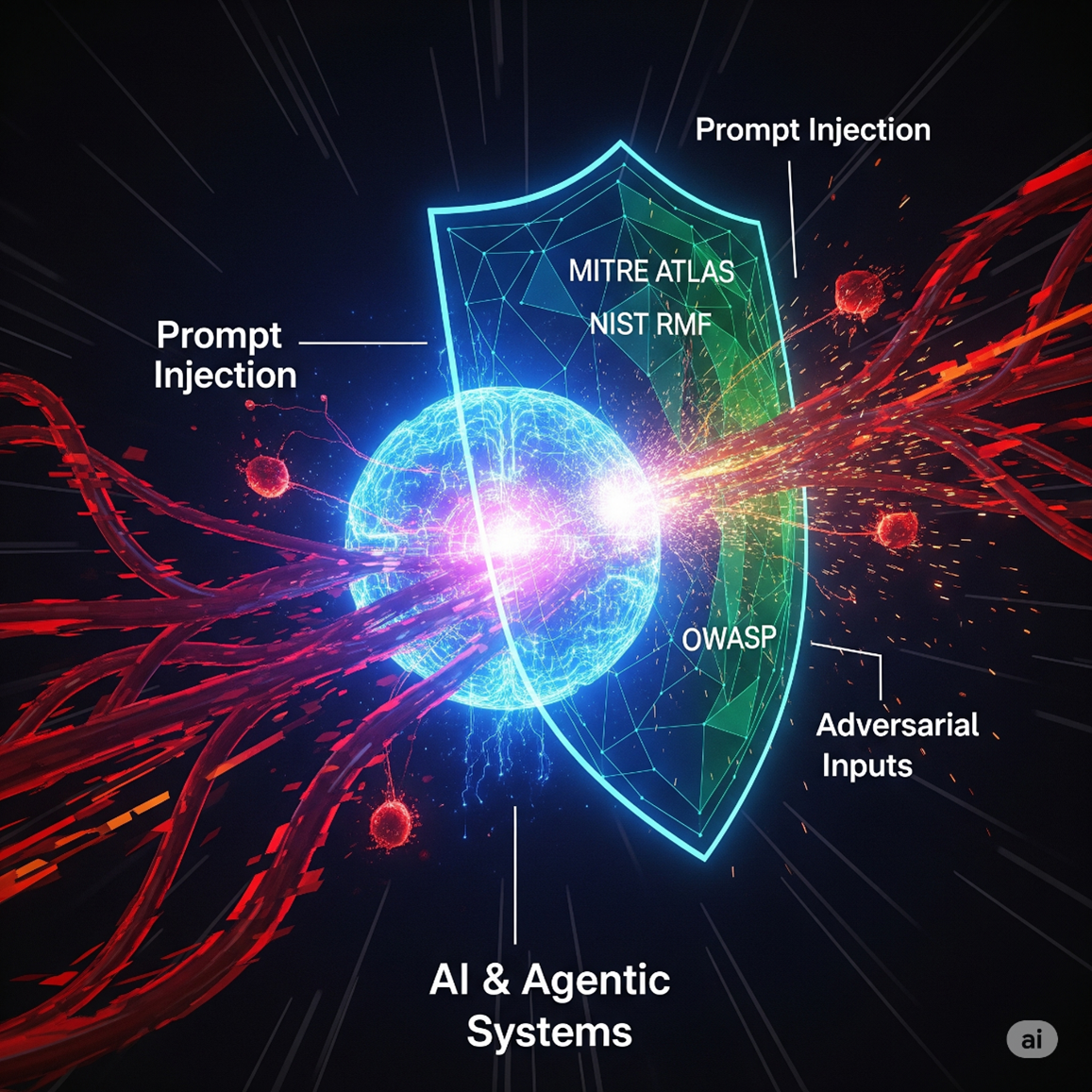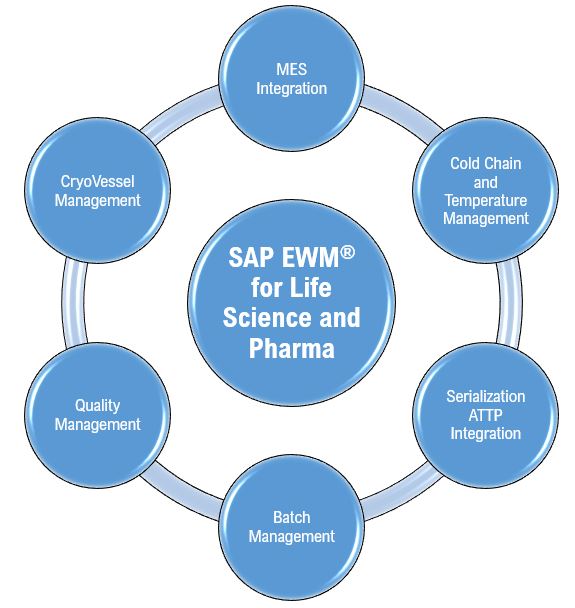What are XR and Agentic AI?
Extended Reality (XR) is a catch-all term for immersive technologies that range from fully virtual environments (Virtual Reality or VR), to digital overlays on the physical world (Augmented Reality or AR) and systems that blend both (Mixed Reality or MR). It’s a platform for new forms of interaction.
Agentic AI systems are goal-oriented, autonomous software agents. Unlike simple generative AI, an agentic AI perceives its environment, reasons about its goals, plans a multi-step course of action, and executes that plan. It can adapt its strategy based on real-time feedback and interact with external systems via APIs to complete complex tasks without direct human supervision. At its core often lies a Large Language Model (LLM) orchestrated by frameworks like LangChain or CrewAI to define its behavior and access short-term memory for immediate context and long-term memory in the form of vector databases for persistent knowledge retrieval, often utilizing Retrieval Augmented Generation (RAG).
Technical Deep Dive: An Agentic AI-Powered Digital Avatar for Customer Service
Consider a company leveraging a highly realistic digital avatar within a 3D virtual environment (XR) to revolutionize its customer support. This avatar isn’t just a visual representation; it’s powered by a sophisticated agentic AI designed to autonomously handle customer inquiries from initial contact to resolution.
The Agentic Architecture in Action:
Perception Layer: The agentic AI embedded within the avatar system utilizes several modalities to understand the customer. A Speech-to-Text engine transcribes spoken queries, and the AI analyzes the linguistic nuances and sentiment. Furthermore, the virtual environment allows for visual cues, such as the customer directing their gaze or pointing at specific virtual products, which are also processed.
Reasoning Engine: The core intelligence resides in a powerful Large Language Model (LLM), such as GPT-4 or a fine-tuned open-source alternative. This LLM is guided by meticulously engineered prompts and an orchestration framework. When a customer asks, “My recent order arrived with a dented box, can I get a replacement?”, the LLM uses its reasoning capabilities to:
Natural Language Understanding (NLU): Identify the intent (“request replacement”) and key entities (“dented box,” “recent order”).
Knowledge Retrieval (RAG): Query a vector database containing product information, order history (using the customer’s identified profile from a connected CRM system API), and return policies. Semantic search identifies the most relevant information to ground the LLM’s response.
Planning and Action Orchestration: Based on the reasoning, the agentic AI formulates a multi-step plan using its orchestration framework. This involves invoking various tool integrations via API connectors:
CRM API: To confirm the customer’s shipping address.
E-commerce Platform API: To initiate a return process for the damaged item (using a create_return_label function that requires order_id and reason as parameters) and simultaneously place a new order for the replacement (using an order_replacement function).
Billing System API: To issue a pre-defined goodwill credit based on the company’s policy for damaged goods.
These API calls are executed autonomously by the agentic system without requiring direct human intervention at each step.
Adaptive Feedback and Learning Loop: The system is designed for continuous improvement:
Monitoring and Logging: Every interaction, including the LLM’s reasoning steps, tool invocations, and API responses, is meticulously logged for analysis.
Human-in-the-Loop (HITL): For complex or ambiguous requests where the AI’s confidence score is low, the interaction can be seamlessly escalated to a human customer service agent. The human agent receives a complete transcript and the AI’s attempted actions, ensuring a smooth handover.
Reinforcement Learning from Human Feedback (RLHF): Data from human interventions and customer satisfaction surveys are used to refine the LLM’s prompts and decision-making processes over time, improving the agent’s accuracy and efficiency.
This integration of a sophisticated agentic AI architecture with an immersive XR digital avatar transforms customer service from reactive support to proactive, efficient, and highly engaging interactions. The technical underpinnings enable the avatar to go beyond simple conversation, autonomously resolving issues and providing a superior customer experience.











